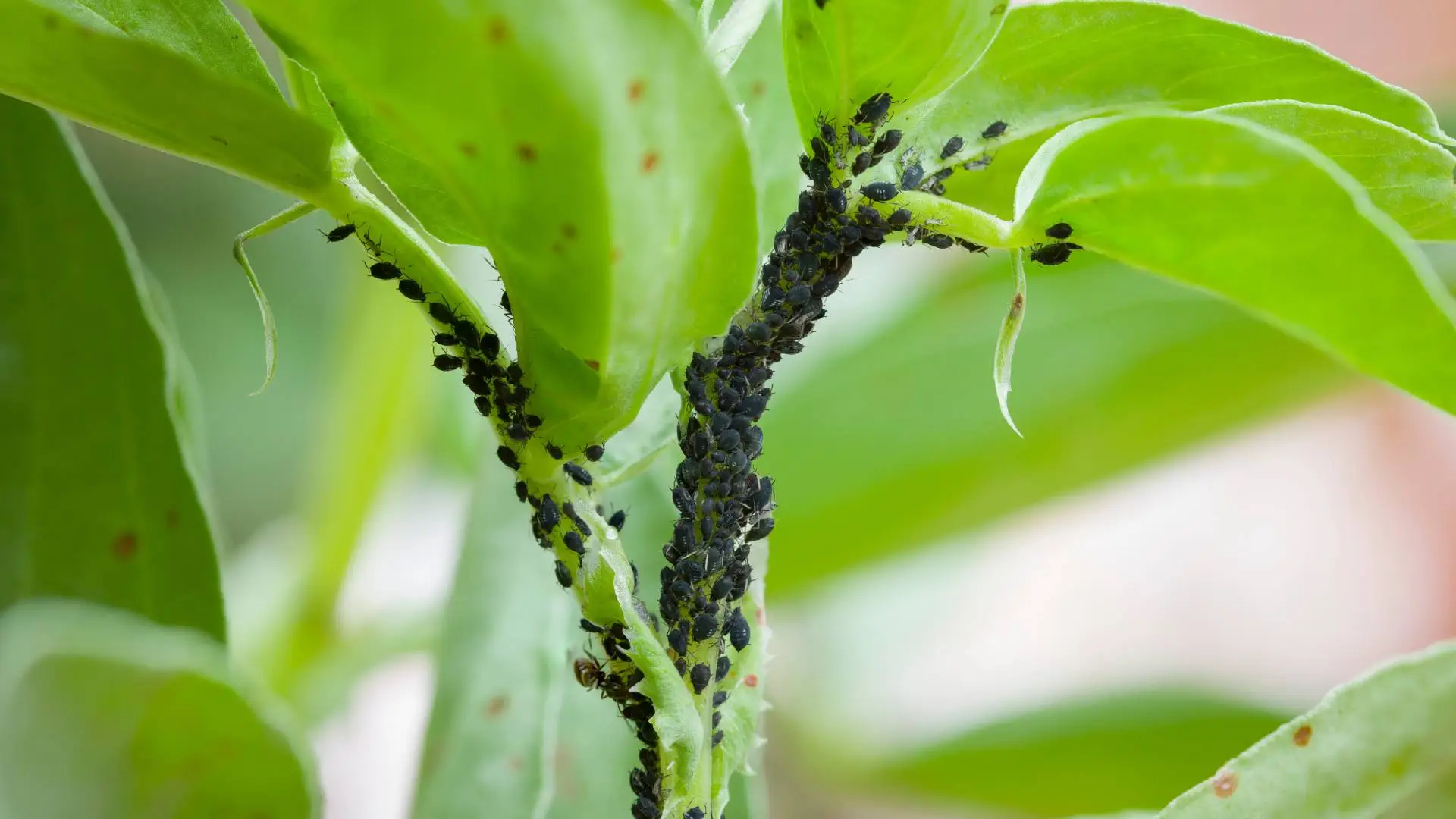Have you ever noticed little yellow bugs on your oleanders and gotten that "cringe" feeling? Well sit back and take a deep breath because I am going to educate you about these insects and what to do about them.
Oleander Aphids are one of the most common and damaging aphids found on a wide variety of ornamental and agricultural plants. They appear in early spring with the growth of new leaves, feeding on the new bugs and developing large populations into the summer months. While great numbers of these aphids can cause serious harm to the host plant, generally the damage is aesthetic.
If you have aphids on your oleander, you’ll want to know what these insects are likely to do to the shrubs. Oleander aphids suck up sap from the host plants and produce a sticky substance called honeydew.
Honeydew is sugary, and something other insects, such as ants, like to eat. You’ll often see ants living close to aphids. Honeydew is not attractive on the leaves of oleanders. As it accumulates, black sooty mold is likely to follow and this mold is just as harmful to the plant as the aphids.
All of this begs the question, how do I eradicate these aphids? The best way to get rid of oleander aphids is to call us at Extreme Landscaping, LLC. Keep in mind that every part of the oleander is extremely poisonous. Our technicians have the knowledge and experience to deal with this problem through various techniques.
However, if you feel confident and want to attempt this yourself, here are some tips.
- Reduce irrigation and fertilization, your oleander will produce less of the tender shoots that attract aphids.
- Try pruning out infested shoots.
- Wash off aphids with a hose.
- Apply Neem oil to infected areas.
- If you seek a more natural way, release their insect enemies, such as lady bugs or parasitic wasps near the infected area.




Comments (0)
Thanks for your comment!
Thanks for your feedback! Your comments have been successfully submitted! Please note, all comments require admin approval prior to display.
Error submitting comment!
There is a problem with your comment, please see below and try again.